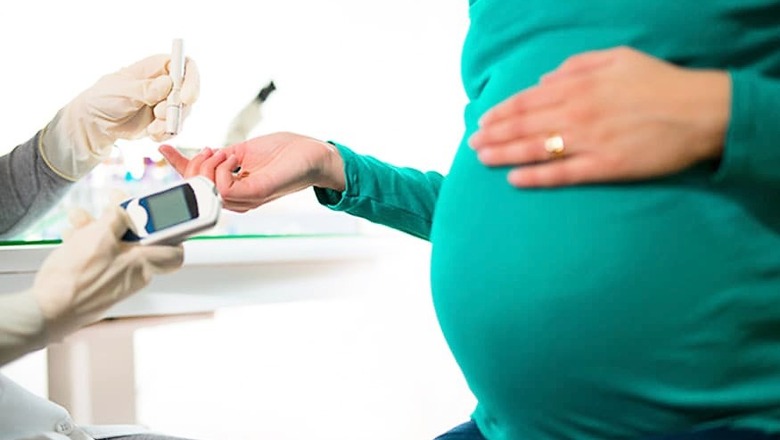
views
New Delhi: At 690 women per 1000 men, the rural areas of Chandigarh have the lowest sex ratio in the country, while Kerala highest in both rural (1078) and urban areas (1091), showed the latest National Health Profile (NHP).
Released on Tuesday evening, the NHP 2018, the latest in an annual compilation of health indicators and data in the country.
Overall, India’s sex ratio has improved, showed the NHP, from 933 in 2001 to 943 in 2011. The rate of increase in rural areas has been slower, from 946 to 949, while it has jumped from 900 to 929 in urban areas.
The lowest sex ratio of overall population — urban and rural — is seen in the Union Territory of Daman and Diu (818), Chandigarh (818), Delhi (868), Andaman and Nicobar Islands (876), Haryana (879), Jammu and Kashmir (889), Sikkim (890) and Punjab (895).
The highest sex ratio is in Kerala (1084), Puducherry (1037), Tamil Nadu (996), Andhra Pradesh (993), Chhattisgarh (991), and Meghalaya (989). States in the south of the country are far ahead, still, than those in the north, in having a healthy sex ratio.
Delhi’s poor sex ratio is cause for concern as it is the most peopled place in the country. With 11,320 people per square kilometer, it has, by far, the highest population density in India. Chandigarh is a distant second with 9,258 population per sq km. The lowest, at 17 is in Arunachal Pradesh. India’s overall population density is 382.
Despite the crowding in urban centres, the bulk of the country’s population, at least 70 percent, still lives in rural areas. This, however, is inversely proportional to the denser cluster of healthcare facilities in urban areas. One researcher associated with the ministry’s National Health Resource Repository Project, also launched on Tuesday, estimated that 70 percent of health facilities were in urban areas and 30 in rural.
The NHP data drives home how young the country really is; 28.5 percent of the population is aged 14 or less, while only 8 percent is above the age of 60.
The country has also shown a slowdown in birth rates and death rates, though urban areas do better than rural. By 2016, India’s birth rate was 20.4 per 1,000 population and death rate was 6.4 per 1,000 population. Still population continues to grow as the decline in birth rate is not as fast as that in the death rate.




















Comments
0 comment